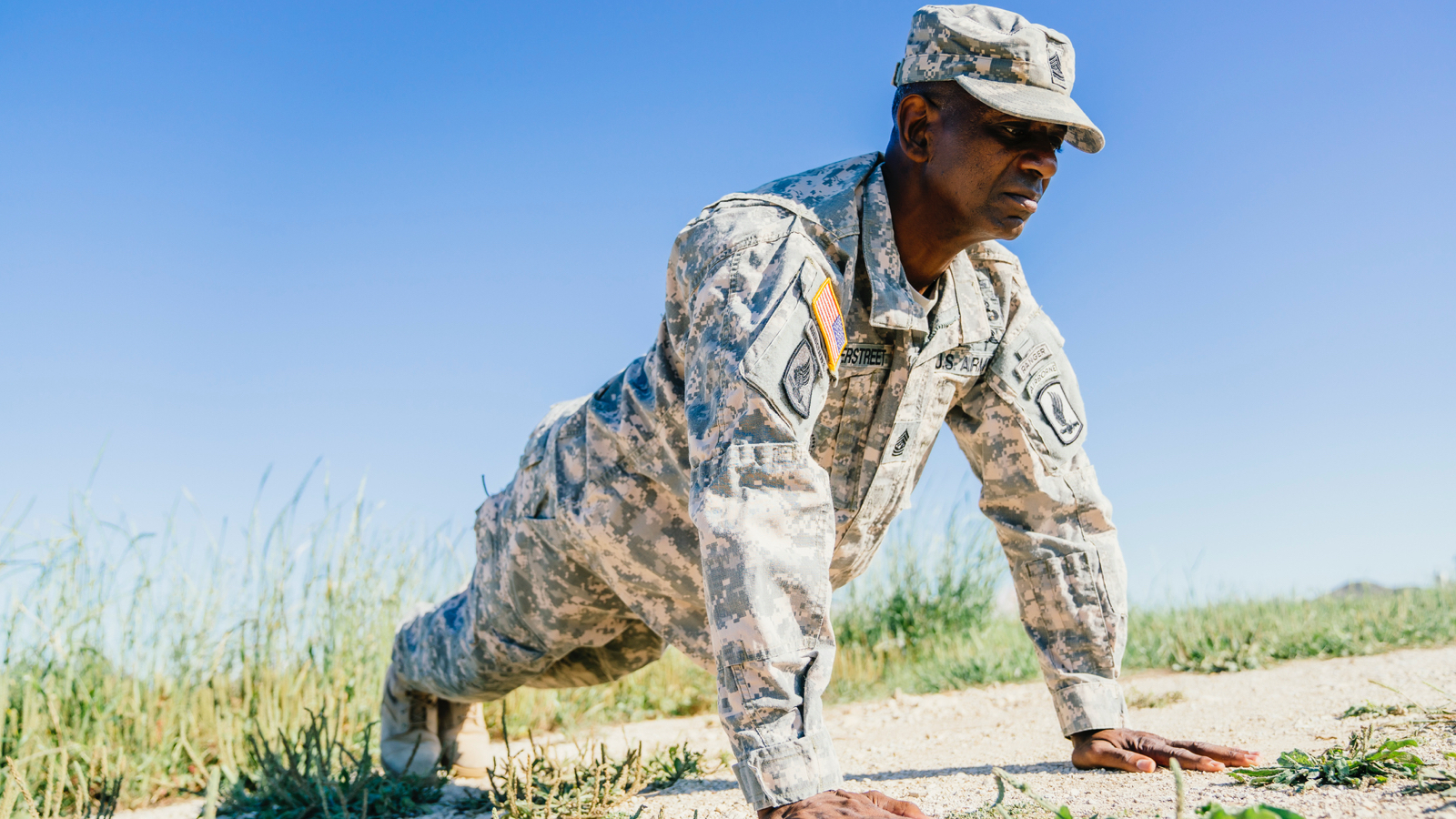

The U.S. Army recently revamped its ACFT (Army Combat Fitness Test) for the first time in four decades, and some of the more muscle-endurance style exercises have been shunned. To replace them, soldiers now have to perform three-rep max deadlifts, standing medicine ball throws, and hand-release push-ups, something I wanted to try myself as soon as I learned about its existence.
There is so much to dissect about the ACFT; I might have to write another article about how it evolved and why the exercises involved in the new test are better than the ones they replaced.
For example, to achieve an "exceptional" score (100 points) on the APFT test (the predecessor of ACFT), you used to have to perform anything between 66-82 sit-ups in under two minutes (depending on your age and sex), which is silly because sit-ups are by no means an excellent exercise to measure strength (or endurance, for that matter).
On the other hand, deadlifts – or the King of Lifts, as many people like to call them – will measure overall strength. So will push-ups, both being great examples of compound exercises that require many muscles in the body to work together to perform the movement correctly.
I also tried the Army Combat Fitness Test knee tucks to see find out why they were scrapped.
Push it real good
The full new ACFT consists of a three-rep max deadlift, standing medicine ball throws (do I sense a bit of CrossFit influence?), hand-release push-ups, a sprint-drag-carry drill, leg tucks or planks and a two-mile run. All this needs to be performed within a certain amount of time, which is taxing on the muscles and the mind.
But we're not here to analyse the whole physical fitness test, only the hand-release push-up. How does it differ from the standard push-up? As you've probably guessed, during hand-release push-ups, you 'release the hand', meaning that you lift your hands off the ground by squeezing the shoulder blades together at the bottom of the movement.
Sign up to the T3 newsletter for smarter living straight to your inbox
Get all the latest news, reviews, deals and buying guides on gorgeous tech, home and active products from the T3 experts
By lifting your hands up, you remove the kinetic energy component of the push-up which makes it harder to perform each rep as you can't rely on your tendons to help you bounce back from the floor. At each rep, you completely restart the movement which is so much harder than pumping out reps of standard push-ups.
Knowing all this, I couldn't wait to try the hand-release push up myself. I didn't dare to do the whole test but since I'm comfortable churning out 20-25 standard push-ups at one go, I thought trying the hand-release version would be easy enough for me. How wrong I was!
Truth to be told, hand-release push-ups aren't impossible to perform for people who can do press-ups. It just adds an extra layer of difficulty, without having to lift your legs up or put on a weighted vest, It's similar to doing sumo deadlifts when you're getting a bit bored of doing standard deadlifts all the time. It provides a slightly different stimulus that activates different supporting muscles.
T3 is the ultimate source of push-up related content. Here are some push-up variations you've never heard of, a research that says push-ups are just as good as a bench press, or an explainer on how to do diamond push-ups.
Here's how to get started if you can't do push-ups and home gym equipment that can help if you experience wrist pain during push-ups.

Matt Kollat is a journalist and content creator who works for T3.com and its magazine counterpart as an Active Editor. His areas of expertise include wearables, drones, fitness equipment, nutrition and outdoor gear. He joined T3 in 2019. His byline appears in several publications, including Techradar and Fit&Well, and more. Matt also collaborated with other content creators (e.g. Garage Gym Reviews) and judged many awards, such as the European Specialist Sports Nutrition Alliance's ESSNawards. When he isn't working out, running or cycling, you'll find him roaming the countryside and trying out new podcasting and content creation equipment.

